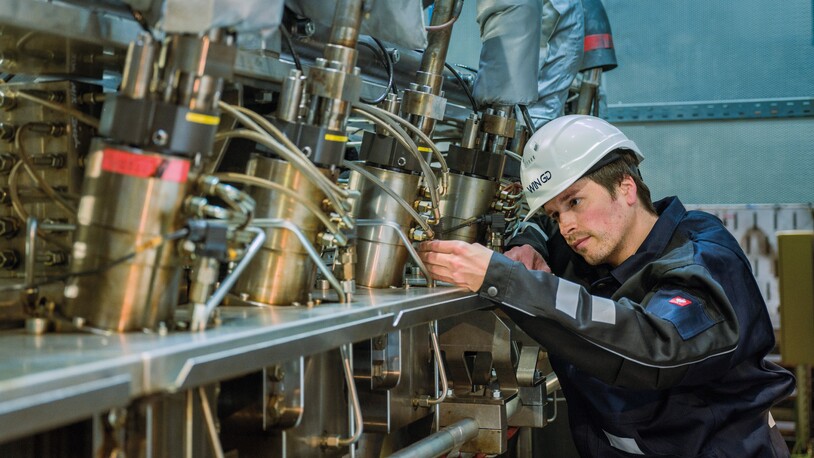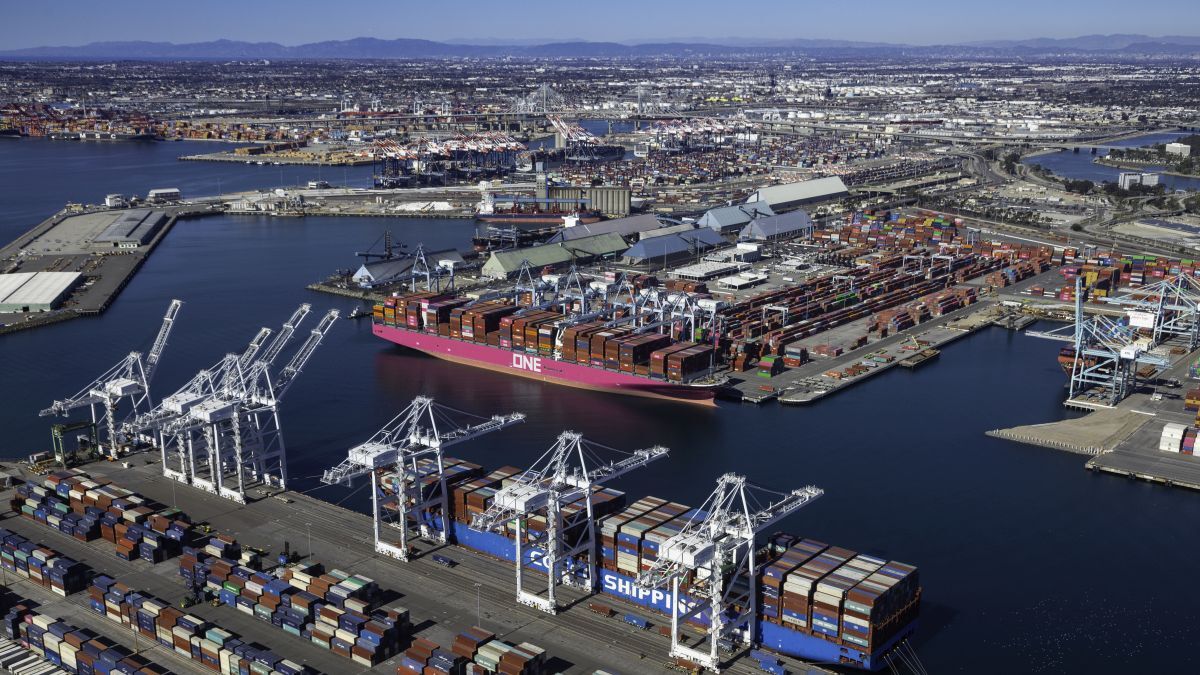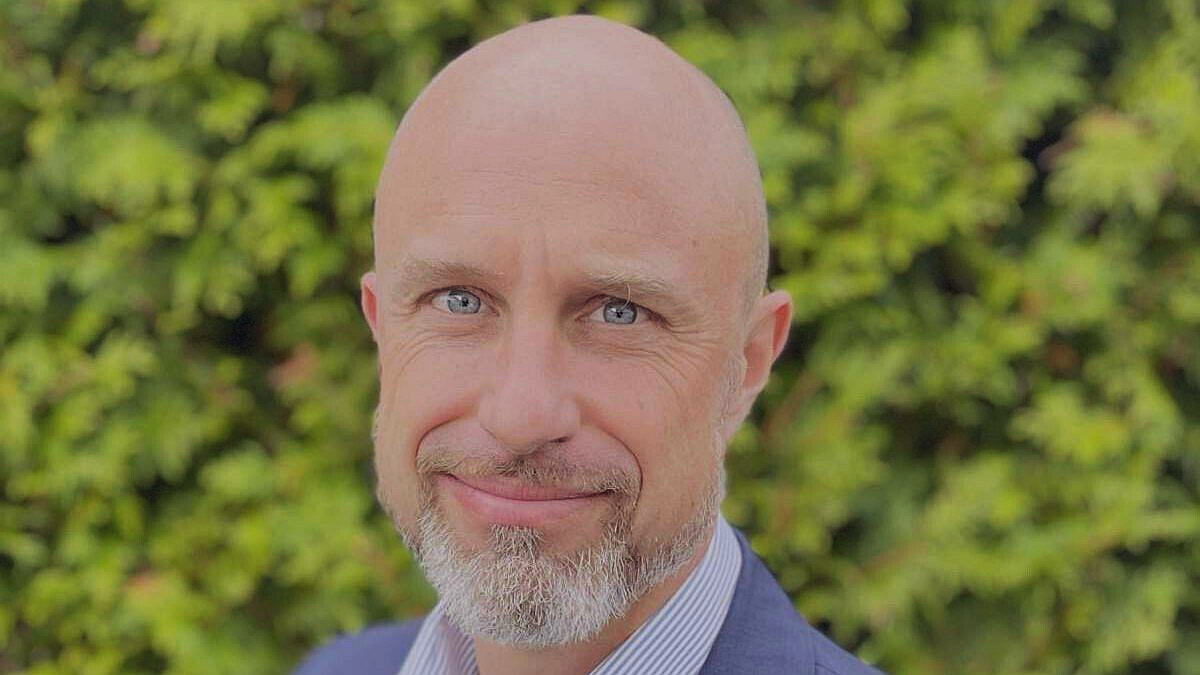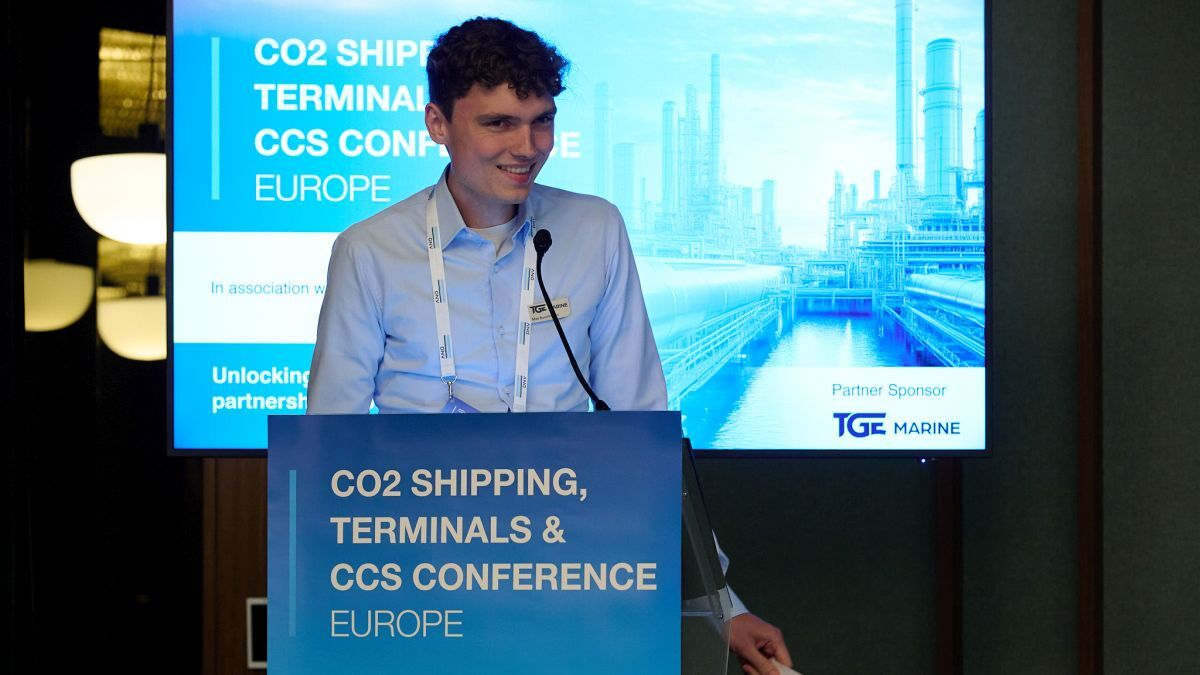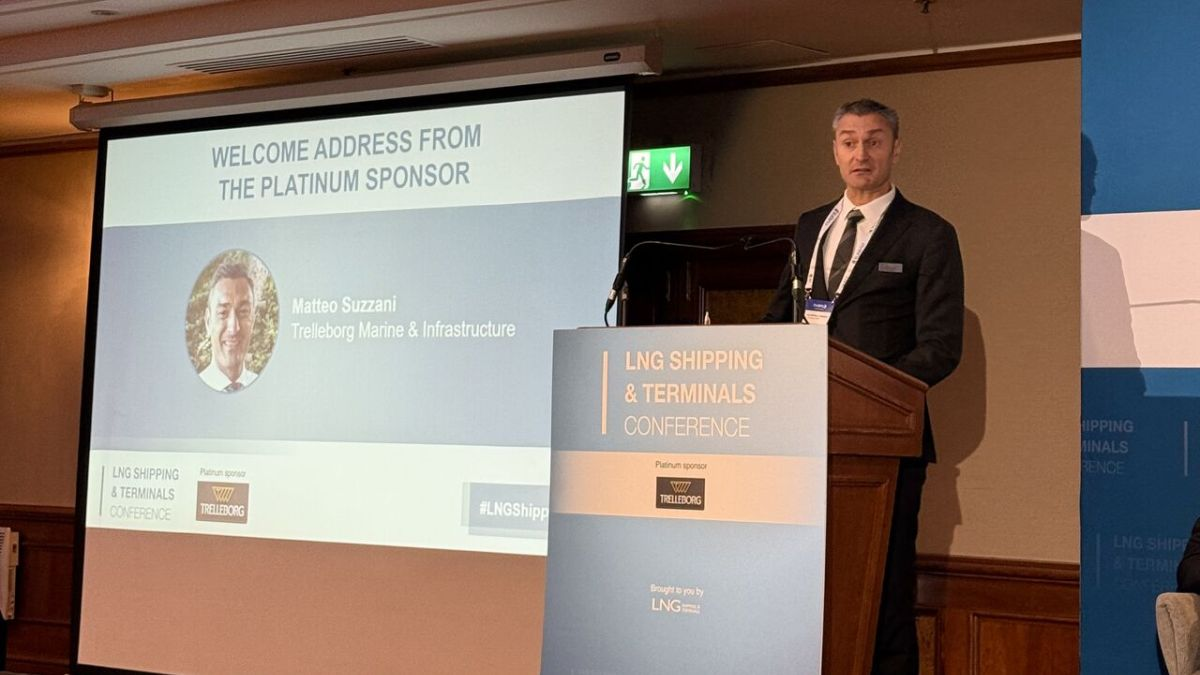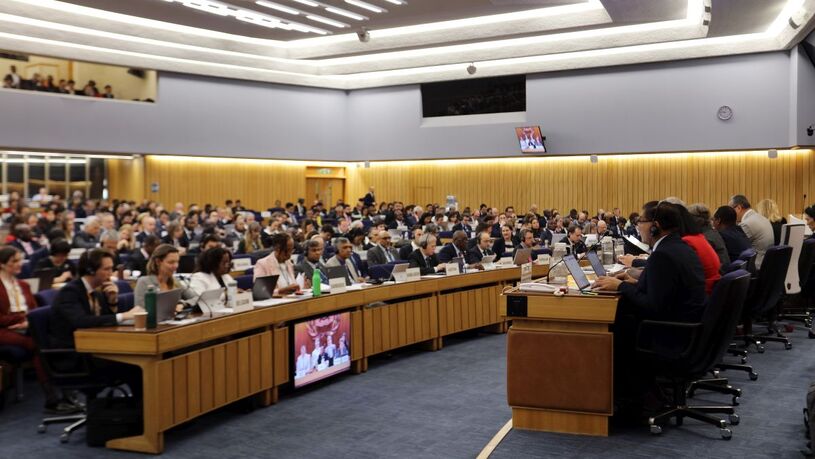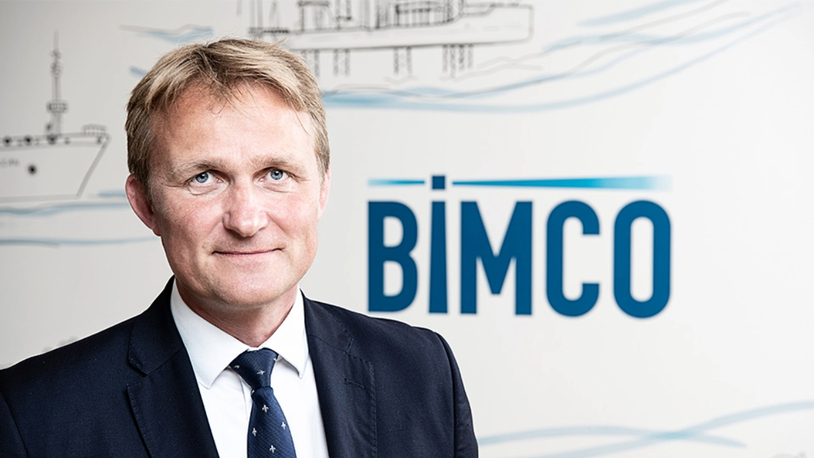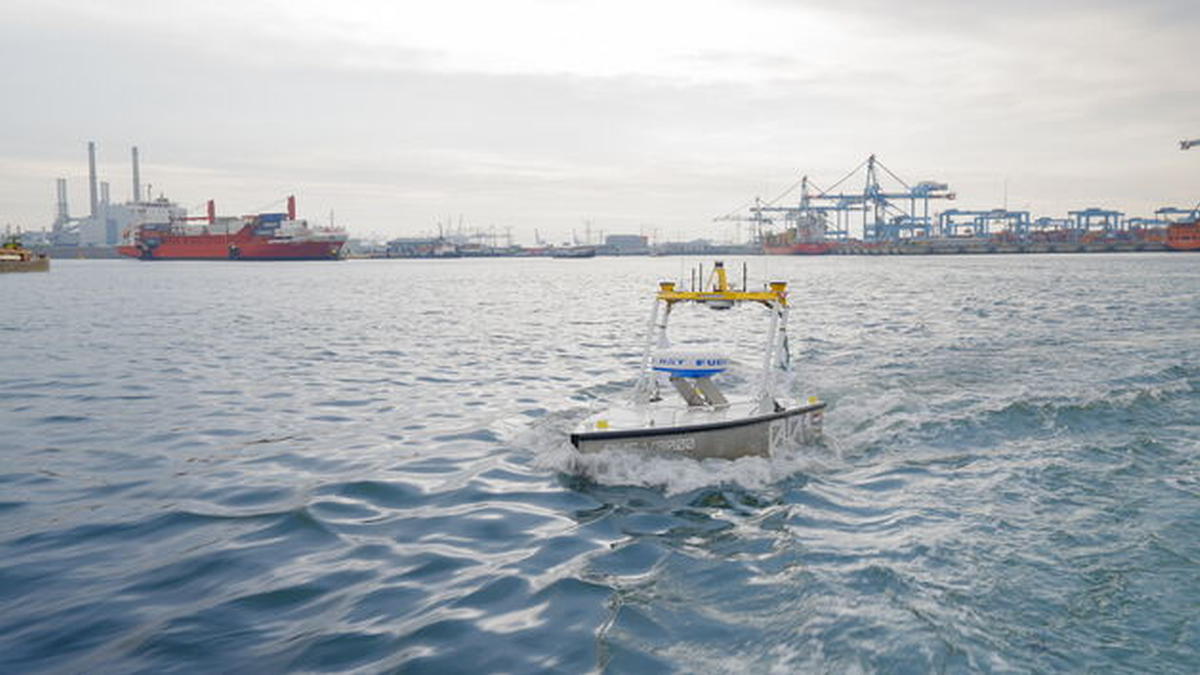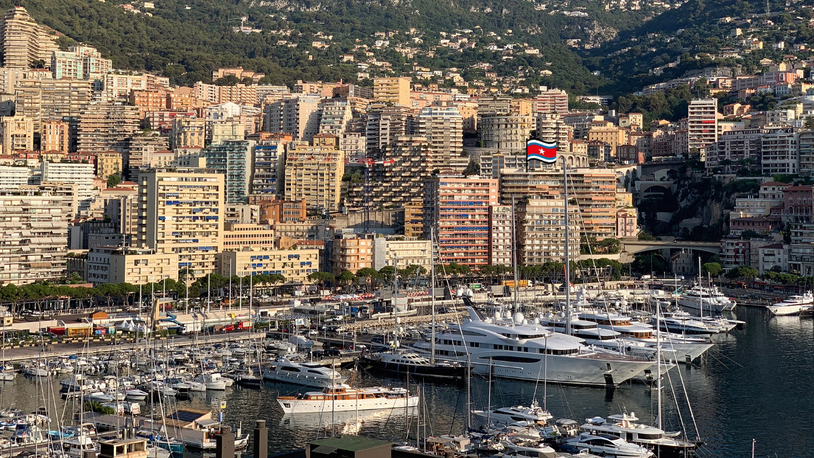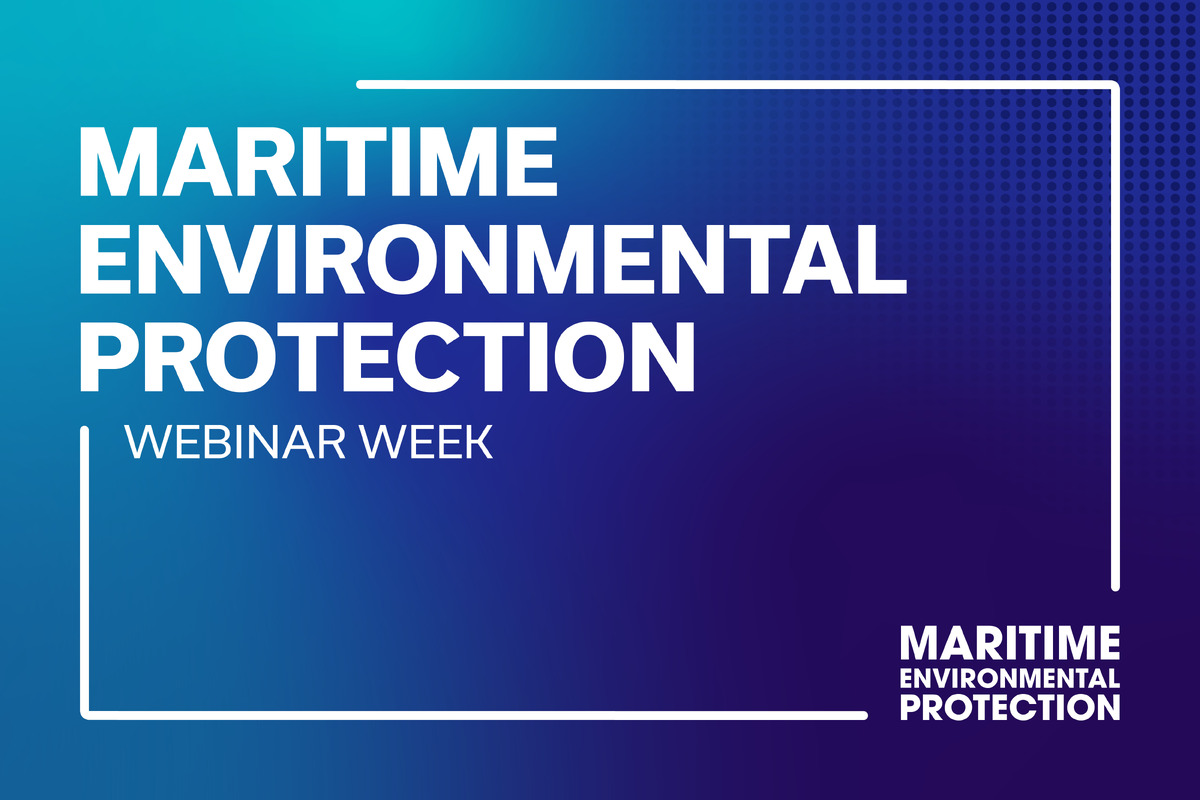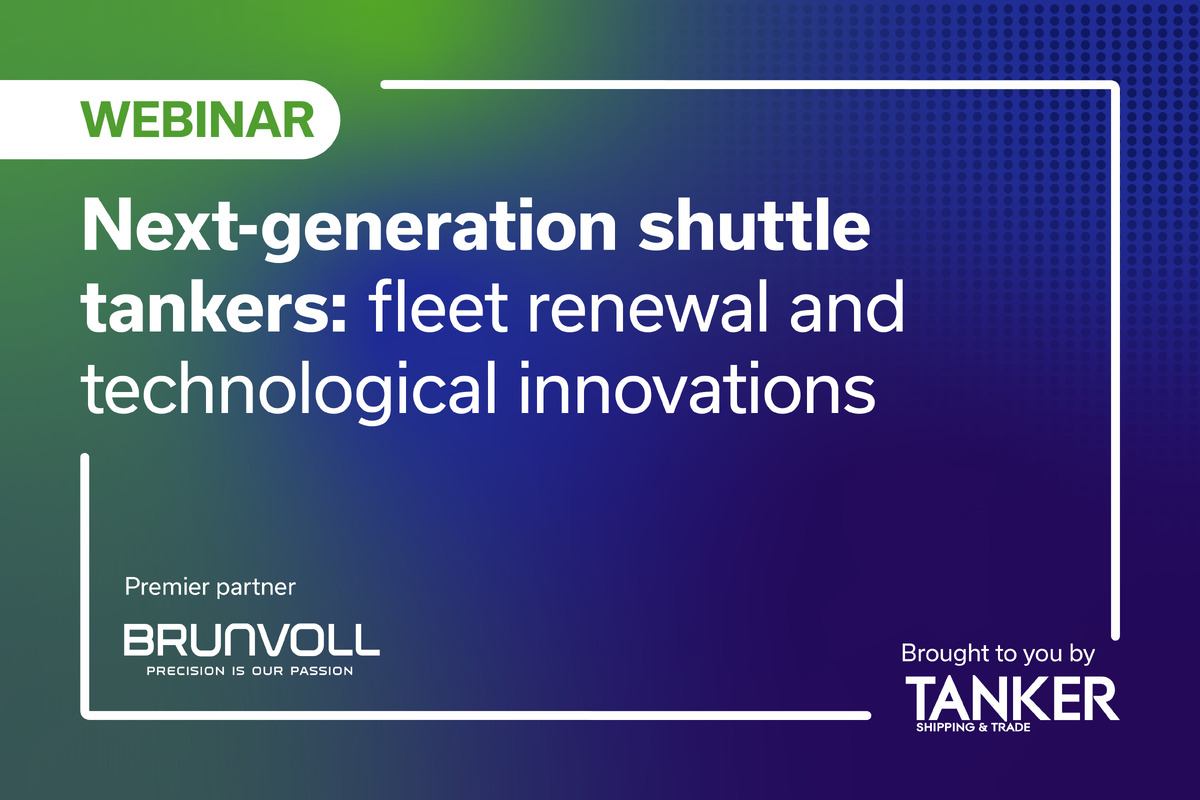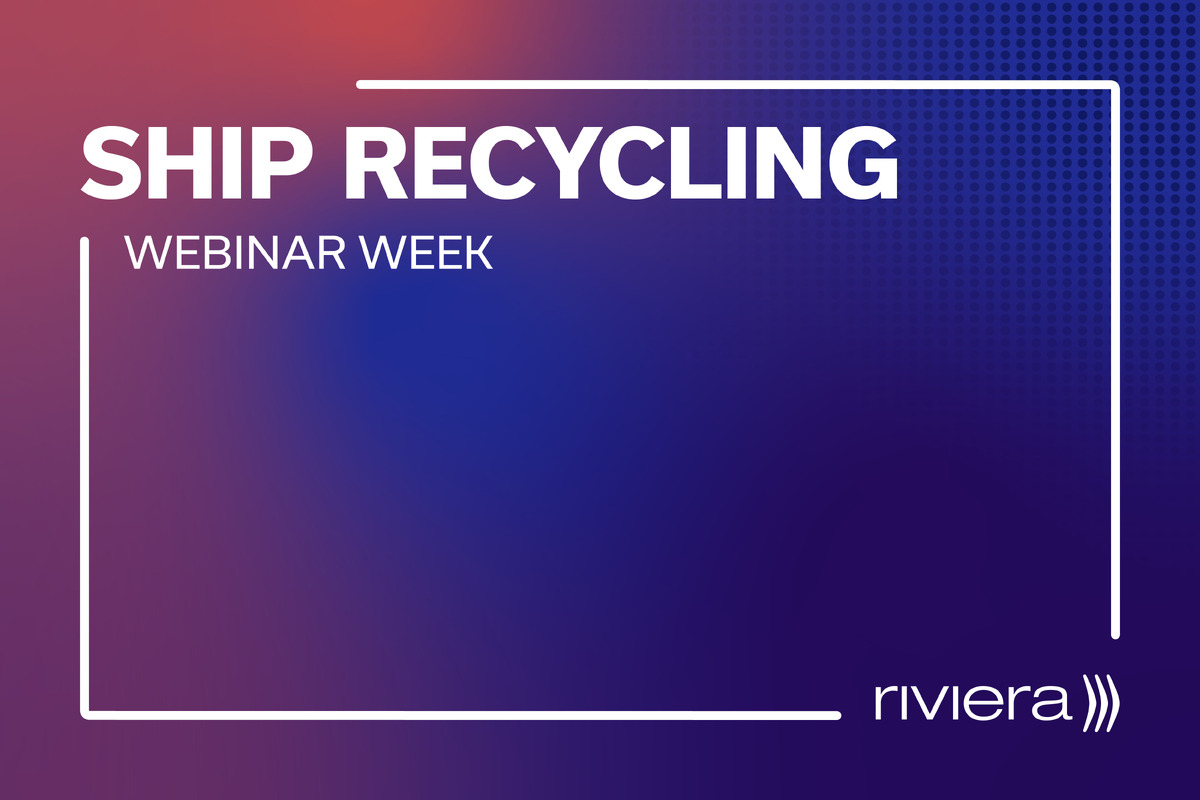Business Sectors
Events
Marine Coatings Webinar Week
Contents
Register to read more articles.
Transpacific green shipping corridor hits milestone
Los Angeles, Long Beach and Shanghai Green Shipping Corridor successfully completes Phase 1 milestone targets
The Los Angeles-Long Beach-Shanghai (LA-LB-SH) Green Shipping Corridor (GSC), the first partnership of its kind across the Pacific, has reached a new milestone.
Facilitated by C40 Cities, the LA-LB-SH GSC has successfully delivered on its Phase 1 milestones, including the expansion of shore power infrastructure to meet 100% electrification serving container vessels, deploying reduced lifecycle carbon-capable vessels, and scaling sustainable fuel bunkering operations.
The corridor partners will present their second Annual Progress Report at the North Bund International Shipping Forum 2025. The report spotlights the significant progress made by the partnership since the launch of the GSC, specifically over the past year, and outlines the steps planned to achieve future milestones, including demonstrating the feasibility of deploying zero lifecycle carbon emissions container ships by 2030.
In March 2025, partners gathered at the Port of Long Beach for the second in-person meeting, in which they reaffirmed their consensus on the corridor goals, further detailed additional actions for addressing challenges, and launched a fourth working group to focus on metrics and evaluation.
Along with the other dedicated working groups – energy supply, carriers and ports – the partners continue to make progress towards their respective missions.
This includes, for the ports working group: expanded shore power infrastructure to reach 100% capability in Shanghai, Los Angeles and Long Beach; the Los Angeles and Long Beach Ports (POLA/POLB) completed the installation of shore power to meet earlier mandated state regulations; bunkered more than 47,000 tonnes of green methanol at the Port of Shanghai, and realised China’s first linkage for domestically produced green methanol; commissioned a clean fuels study for POLA/POLB and prepared for a clean marine fuel pilot project.
In 2024, the first green methanol container ship completed its voyage on the corridor. The carriers working group has prepared deployment plans for vessels with low-carbon emissions capability for each shipping company to create a transparent roadmap.
The energy supply working group has finalised a study on fuel demand and supply for the corridor, among other things; while the metrics and evaluation working group has developed a phased approach to metrics for the corridor.
A statement said, “Building on the successful completion of Phase 1 milestone targets, the partners will continue to tackle significant challenges in 2026 and beyond: addressing the future of clean marine fuels due to the shifting regulatory, permitting and policy landscape, such as IMO’s Net Zero Framework; and addressing market uncertainty on clean marine fuel supply and demand.”
Sign up for Riviera’s series of technical and operational webinars and conferences:
- Register to attend by visiting our events page.
- Watch recordings from all of our webinars in the webinar library.
Related to this Story
Events
Marine Coatings Webinar Week
Maritime Environmental Protection Webinar Week
Ship Recycling Webinar Week
© 2024 Riviera Maritime Media Ltd.

